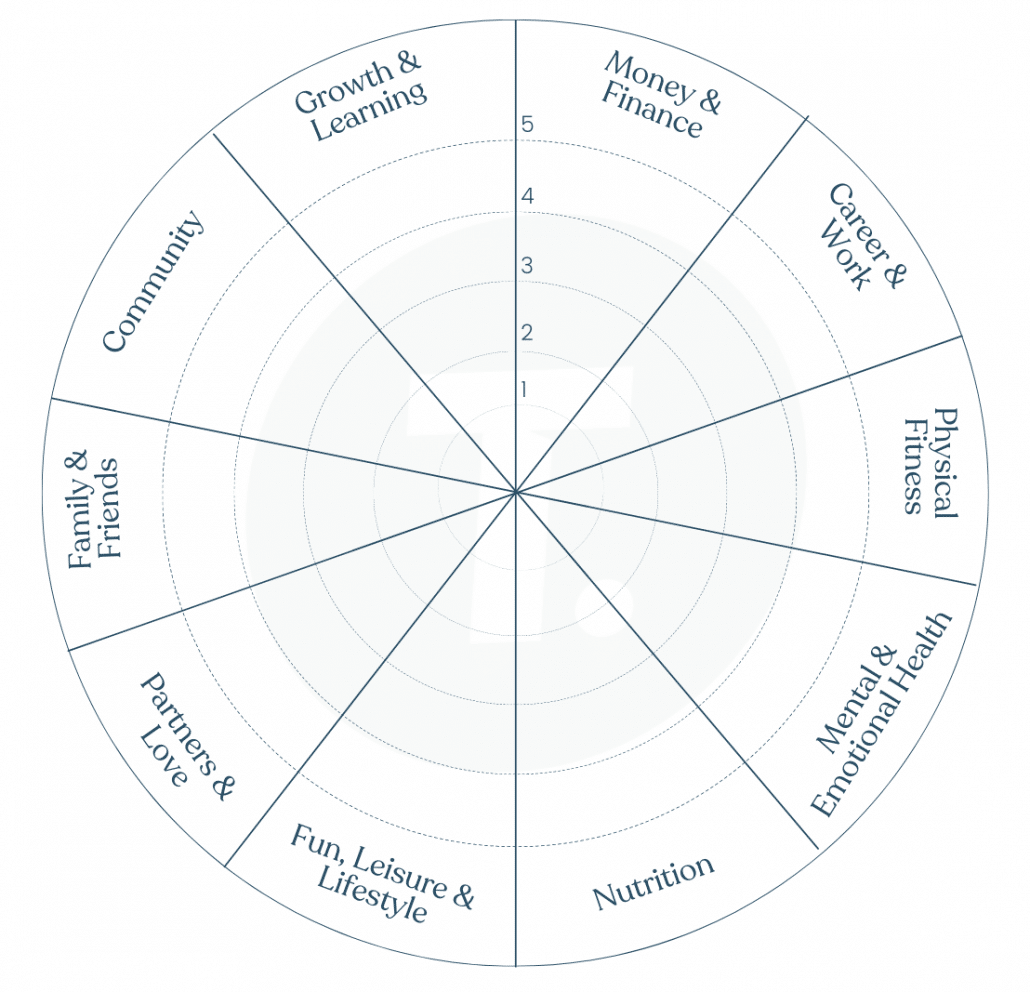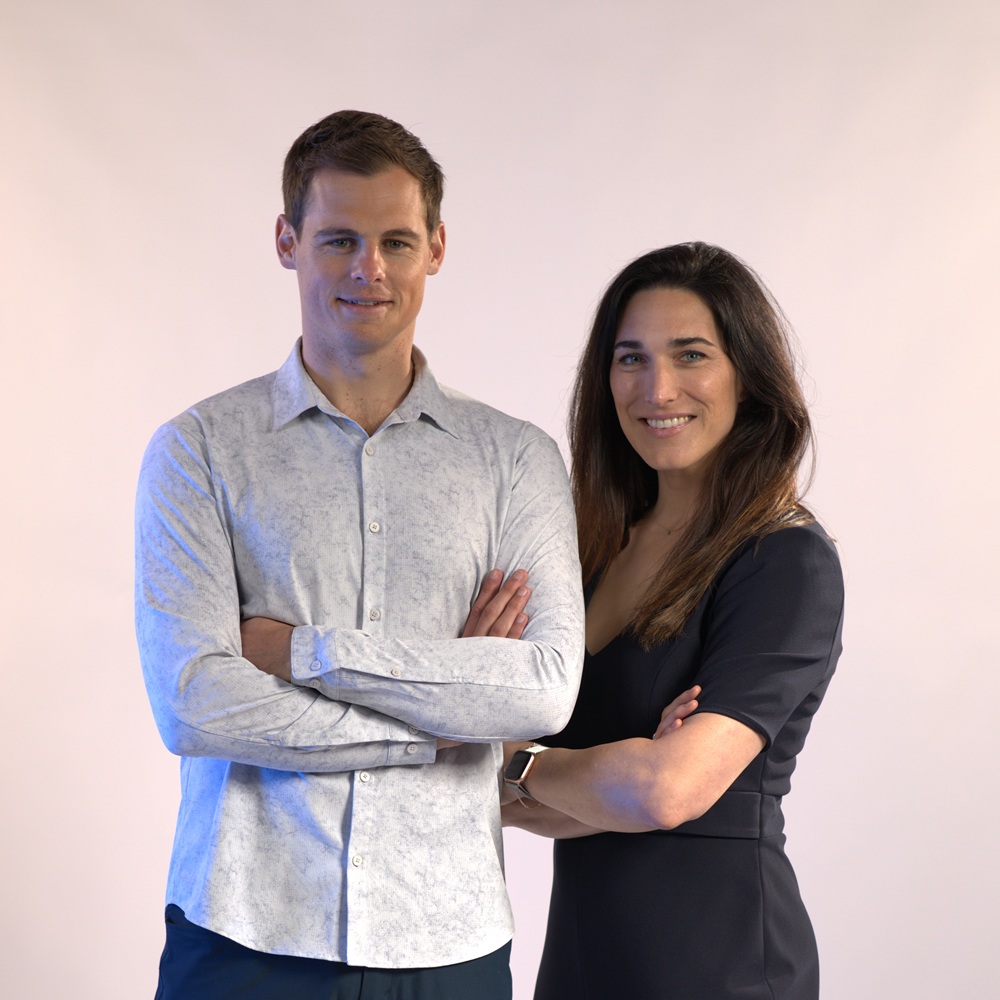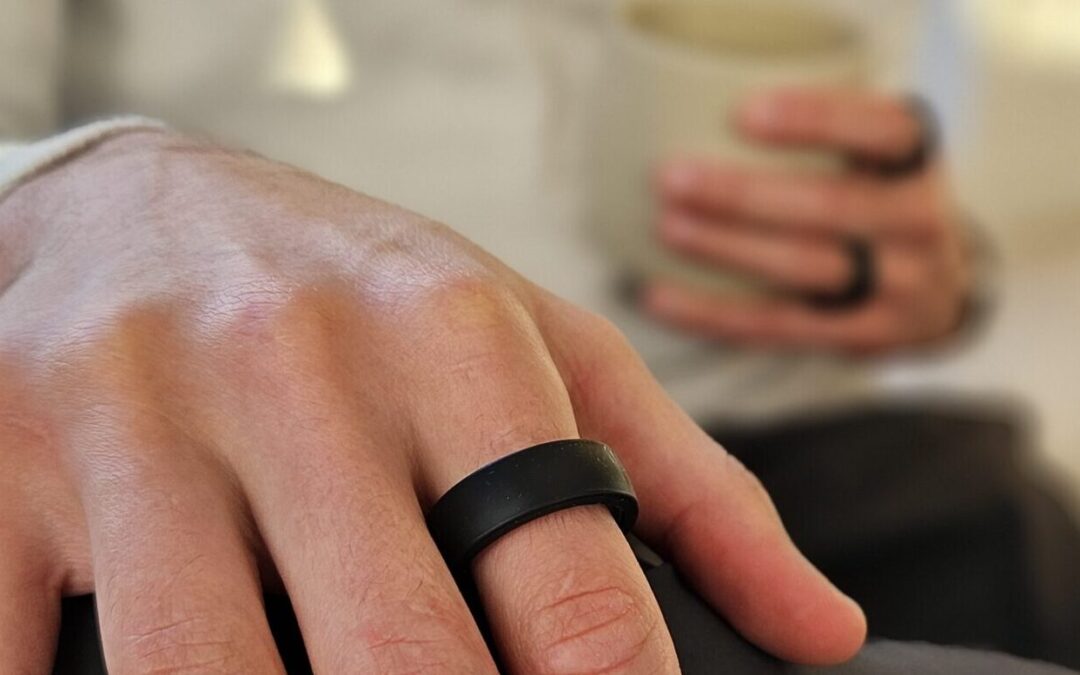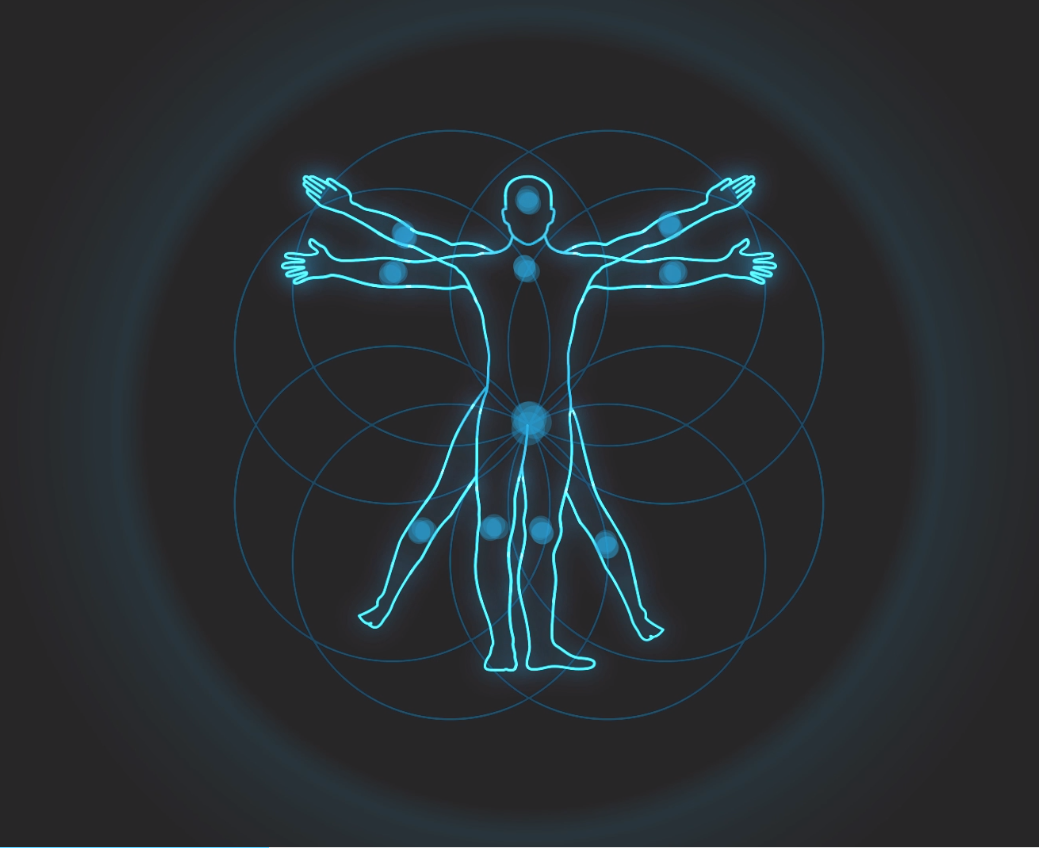If you have been following Taylored for a while you know we are not big fans of New Years Resolutions. Although they are made with such great intention the success rate is extremely low. So, what other options are out there?
We are big fans of “past year reviews” (PYR) popularised by Tim Ferriss and Getting Things Done (GTD) Year-End Review, as outlined by David Allen.
Let’s firstly have a look at Tim Ferriss’ PYR which is an effective and actionable way to re-assess the year that has been in 30-60 minutes.
Past Year Review (PYR) Action steps – By Tim Ferriss
- Grab a notepad and create two columns: POSITIVE and NEGATIVE.
- Go through your calendar from the last year, looking at every week.
- For each week, jot down on the pad any people or activities or commitments that triggered peak positive or negative emotions for that month. Put them in their respective columns.
- Once you’ve gone through the past year, look at your notepad list and ask, “What 20% of each column produced the most reliable or powerful peaks?”
Based on the answers take your “positive” leaders and schedule more of them in the new year.
Get them on the calendar now! Book things with friends and prepay for activities/events/commitments that you know work. It’s not real until it’s in the calendar. That’s step one.
Step two is to take your “negative” leaders, put “NOT-TO-DO LIST” at the top, and put them somewhere you can see them each morning for the first few weeks of 2022. These are the people and things you know make you miserable, so don’t put them on your calendar out of obligation, guilt, FOMO, or other nonsense.
It’s not enough to remove the negative. That simply creates a void. Get the positive things on the calendar ASAP, lest they get crowded out by the clutter and noise that will otherwise fill your days.
When it comes to the Taylored “real health is slow health” ethos, have a look at the list of your positives and see if there is a common theme around how were thinking, living, eating and moving better during those times.
- Were you sleeping better?
- Were you prioritising time with friends and family?
- Were you relaxed?
- Were you getting more sun?
- Were moving your body doing something you loved?
Pay attention to those themes and work to prioritise those activities moving forward.
Now, have a look at that negatives list and repeat the exercise above. Put those things on the “NOT-TO-DO LIST”
(Source: 5 Bullet Friday 29/12/21 and adapted to the Taylored 4 Pillar Philosophy: Mindset, Lifestyle, Nutrition, and Movement)
Getting Things Done (GTD) Year-End Review – By David Allen
This is another method to re-assess the year that has been. If the PYR doesn’t resonate with you OR you’re looking to dig deep into the last year, you can give this format a go.
Consider your key areas of focus. For example, pick 6+ areas shown on this “Taylored Life Wheel’.

Feel free to rate your overall satisfaction in the selected areas over the last year.
With those same life categories in mind, reflect upon the following questions:
- List your wins for the year
- What are you grateful for?
- What were the risks you took that paid off?
- What risks did you take that taught you some important lessons?
- What about that category activity gave you the most fulfilment?
- Is there any activity across any of the categories where you feel your work is unfinished?
- What are you most happy about completing?
- Who were the three people that had the biggest positive impact on your life this year?
- What was your biggest surprise?
- What compliment would you like to have received? Given?
- What else do you do need to do or say to feel complete with this year?
- What one word or phrase best sums up and describes your experience this year?
Now, let’s look forward to the new year.
- What would you like to be your biggest win?
- What advice would you like to give to yourself?
- What are you planning to do to improve your financial situation?
- What would you be most happy about completing in the coming year?
- What would you most like to change about yourself?
- What are you looking forward to learning?
- What do you think your biggest risk will be?
- Who or what, other than yourself, are you most committed to loving and serving?
- What about your work are you most committed to changing or improving?
- What is one (as yet) undeveloped talent and how are you going to do more or have more of that?
- What one word or phrase would you like to be your upcoming years’ theme?
(Source: Year-end review from GTD, David Allen)
Next Steps
The answers to all these questions and positive/negative lists can help guide you in creating a SMALL number of SMART goals for the future as you should find there is cross-over or one main change to your behaviour that can impact multiple outcomes.
As recommended in the PYR, take those areas and create action steps or a list to remind yourself. Put this list up somewhere you can see every morning (I keep mine on my bathroom mirror and read them when I’m brushing my teeth).
The key point is…don’t set too many goals…focus on the core issue underlying some of these elements because there is usually 1 or 2 behaviours that form the foundation of outcomes. A resolution or goal is nothing without tackling the underlying issue.
If you need help with this, feel free to message us and we’ll try to walk you through the process. Things won’t change unless it changes…and if you’ve struggled every year to make changes, perhaps it’s time for help.
Let’s Wrap It Up
Whether you find the PYR or GTD method more appealing than the other (or do both), doing these exercises and prompting these questions will help you find a clearer path ahead for a bright and vibrant 2022.
And if you need a little extra help or ongoing accountability, just holler.










0 Comments